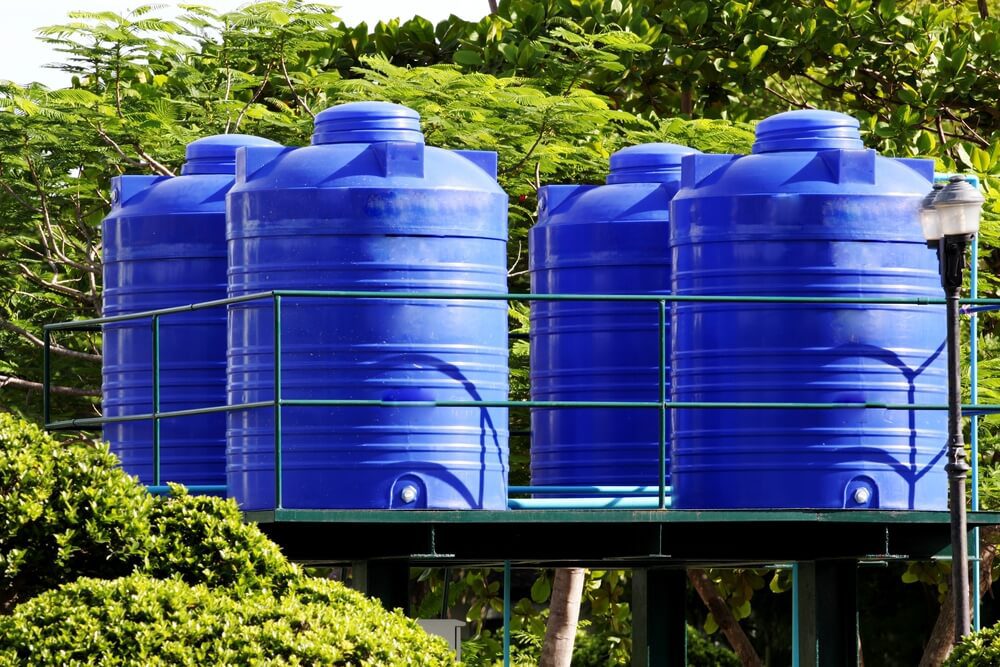In recent years, we have all developed good habits when it comes to saving water. The tap is turned off when we brush our teeth. We time our showers. And we still feel guilty about washing our car.
Clearly then, one of the best ways to save this precious resource is investing in a rain water tank. Rainwater is used for a multitude of purposes around the home – watering the garden, hosing down the veranda, topping up the pool, toilets and laundry. A tank harvests what would otherwise run off into the storm water system, and ensures that any local council water restrictions are easily complied with.
Some prefer filtered rainwater for drinking – believing it to be fresher, cleaner and healthier than tap water, without, chlorine, fluoride or other chemicals.
With such a large variety of tanks to choose from, it can be a challenge to find the best tank for your needs. Each tank is different. So it’s important to understand the characteristics of your next investment.
Galvanised
Galvanised tanks have been around for many years (also known as ‘steel’ or ‘metal tanks’). The modern variety are available with rust-resistant linings, such as zincalume which provide some form of protection on inside the tank from corrosion. Often selected for their aesthetics, some metal tanks can be colour-matched to a Colorbond roof.
Fibreglass
Fibreglass tanks, although more expensive, are generally longer-lasting because they resist corrosion and are not generally affected by chemicals or moisture. Fibreglass tanks allow more light entry than other types of tanks, which permits algae growth. Search for tanks manufactured with sufficient pigment to prevent this problem from occurring. Fibreglass can tend to be innately brittle, which can lead to cracking and leaking. Ensure that you check that your fibreglass tank is quality. Fibreglass tanks tend to cost more.
Concrete
Concrete and ferro-concrete tanks are strong and long-lasting, and can be installed underground. Ensure new tanks are flushed to remove the concrete taste from the water. Concrete is generally more porous and tends to crack, thereby occasionally causing tanks to leak and allowing tree roots to enter. Their great weights make installation a crane job.
Polyethylene
Polyethylene tanks do not corrode, are made from LDPE material and are generally the longest-lasting tanks. When considering polyethylene, ensure high quality polyethylene materials are used, which don’t give out any taste or smell. Polyethylene must be UV-stabilised, and to a food-grade standard. Provided that the water tank is made to the correct thickness, algae growth does not occur, and light does not permeate through the walls. Polyethylene tanks are rotomoulded, and the highest-quality poly tanks do not have a vertical seam or centre-support pole – your tank should be strong enough without these.
Whatever your preference when it comes to rain harvesting systems, make sure that your product comes from a reputable manufacturer with a long history of quality products. You’ll have peace of mind knowing that you and your family are using a superior tank.


